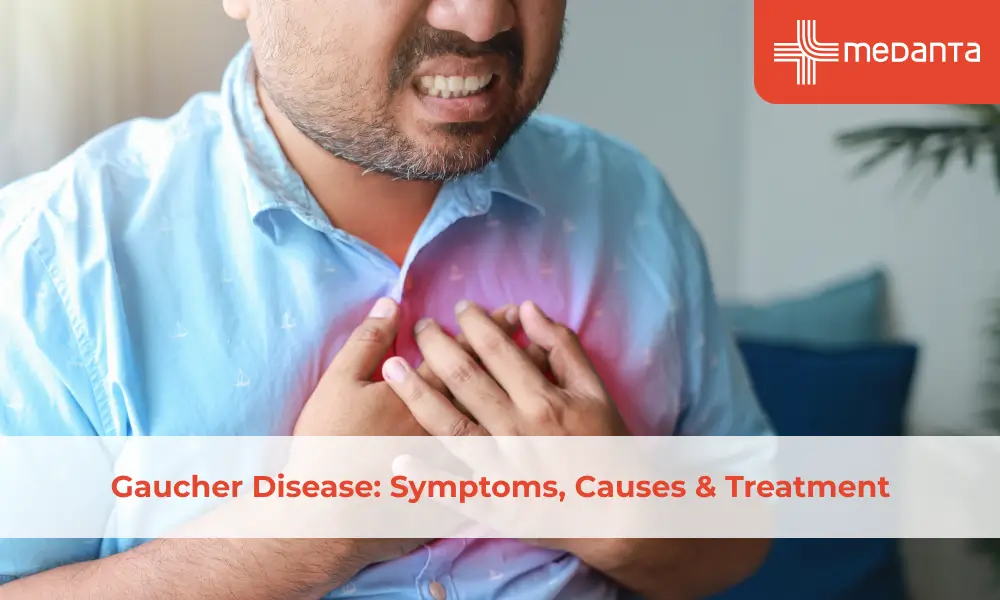Your Recovery Roadmap to the Fight Against Acute Myeloid Leukemia

When it comes to fighting a life-threatening illness like acute myeloid leukemia (AML), having the guidance of trusted professionals can make all the difference. As one of the most common types of blood cancer in adults, AML requires proper understanding and treatment for successful recovery.
In this blog post, we will provide an authoritative and informative guide to creating your personal recovery roadmap for battling AML. From recognizing symptoms to navigating different treatment options, our brand is here to simplify this complex journey with practical advice backed by expertise in the field. Trust us to be your partner as you embark on your fight against AML and discover the path towards a healthier future.
Understanding Acute Myeloid Leukemia (AML)
Before diving into treatment and recovery strategies, it's essential to grasp what AML is. Acute myeloid leukemia is a kind of cancer that affects the bone marrow and blood.
It occurs when abnormal myeloid cells, which are immature blood cells, rapidly grow and crowd out normal blood cells. This leads to a decrease in healthy red blood cells, white blood cells, & platelets, causing various symptoms and complications.
Common Acute Myeloid Leukemia Symptoms
Now, let's explore the symptoms that may signal the presence of acute myeloid leukemia:
- Frequent Infections: A weakened immune system is a common feature of AML. As a result, you may experience frequent infections, like respiratory infections, urinary tract infections, or skin infections. These infections may be more severe or recurrent than usual.
- Easy Bruising or Bleeding: AML can cause a decrease in platelets, which are liable for blood clotting. Consequently, you may notice easy bruising, bleeding gums, nosebleeds, or prolonged bleeding from minor cuts or injuries.
- Unexplained Weight Loss: If you're losing weight unintentionally, without changes to your diet or exercise routine, it may be a cause for concern. Unexplained weight loss can occur due to the body's increased energy requirements as it fights against cancer cells.
- Fatigue and Weakness: Feeling tired or weak, even after getting adequate rest, may be a sign of disease like cancer. This fatigue can interfere with your daily activities and may not improve with rest alone.
- Progressive pallor / Anemia / Shortness of Breath: Sudden onset of pallor, weakness and shortness of breath may be a sign of malignancy. This occurs due to a decrease in healthy red blood cells, may lead to reduced oxygen levels in the body.
A Guide to Acute Myeloid Leukemia Treatments
If you or a loved one has been diagnosed with AML, you may have questions about the available treatment options and what to expect. Let's explore the various treatments for AML and how they can help you in your fight against this disease.
1. Chemotherapy
Chemotherapy is the first-line treatment for AML. It involves the use of powerful drugs to destroy cancer cells and stop them from growing and dividing.
Chemotherapy may be utilized orally or intravenously, and the specific drugs and dosages used will based on factors like your age, overall health, and the subtype of AML you have.
2. Targeted Therapy
Targeted AML therapy is a type of treatment that specifically targets cancer cells while decreasing damage to healthy cells. In AML, targeted therapy may involve the use of drugs that block the action of specific proteins or pathways involved in cancer growth.
These drugs may be used alone or in combination with chemotherapy to improve treatment outcomes.
3. Stem Cell Transplantation
Stem cell transplant also recognized as a bone marrow transplant, may be considered for eligible patients with AML.
This procedure includes replacing diseased or damaged bone marrow with healthy stem cells from a donor. Stem cell transplantation enables for the regeneration of healthy blood cells and offers the potential for long-term remission or cure in some cases.
4. Radiation Therapy
Radiation therapy utilizes high-energy rays to target and destroy cancer cells.
While not commonly used as a primary treatment for AML, radiation therapy may be recommended in certain situations, such as to target specific areas of cancer spread or to prepare for stem cell transplantation.
5. Clinical Trials
Clinical trials play an essential role in advancing our understanding of AML and developing new treatment approaches. Participating in a clinical trial may provide you access to innovative therapies that are not yet widely available and contribute to the advancement of medical knowledge.
Summing Up!
The fight against acute myeloid leukemia can be a difficult and challenging journey. But with the right attitude, support system and treatment plan, it is a battle that can be won. It is important to stay informed about symptoms, risk factors and treatment options for AML and to advocate for yourself or your loved ones when it comes to seeking medical help.
Remember to always consult with experienced healthcare professionals who specialize in AML treatment for personalized care.
Furthermore, do not hesitate to seek support from organizations and support groups dedicated to AML patients and their families. You are not alone in this fight. Finally, do not underestimate the importance of taking care of your mental and emotional health during this time. Seek counseling or AML treatment if needed to cope with the challenges of AML treatment.
On this recovery roadmap, one important step is choosing a reliable and experienced super specialty hospital that specializes in treating AML. Such hospitals have advanced technology, highly skilled doctors and tailored treatment plans that will give you the best chances of overcoming AML. So don't wait any longer, take action today by visiting a super specialty hospital for your or your loved one's journey towards recovery from acute myeloid leukemia.






